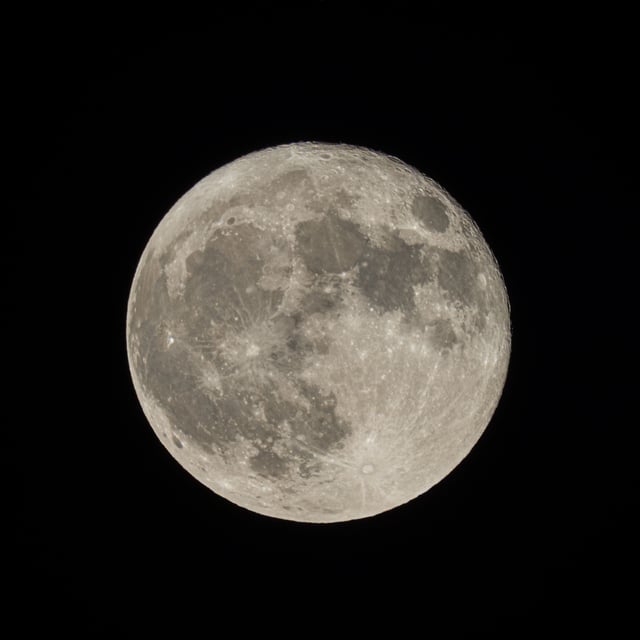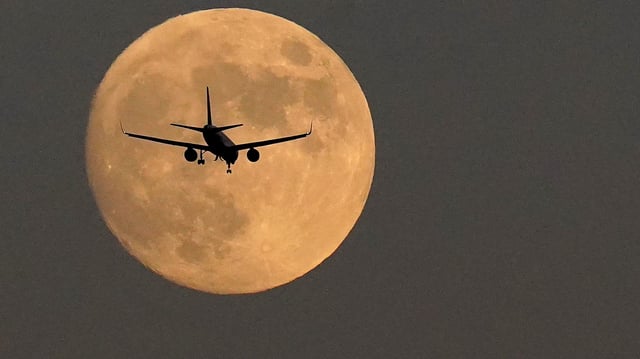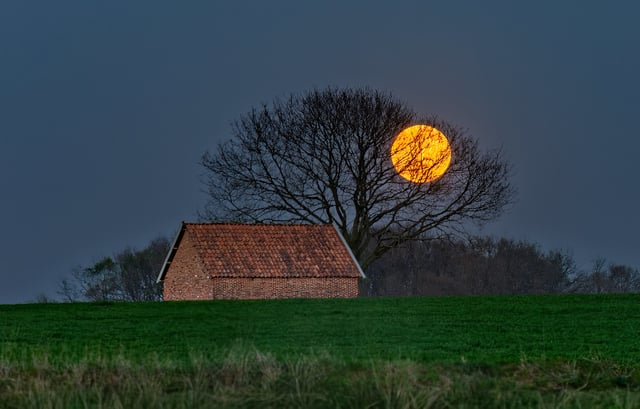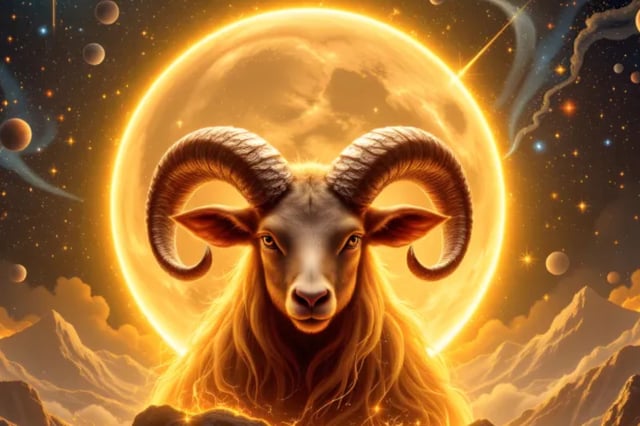Overview
- Peak illumination occurs around 11:47–11:48 p.m. ET Monday (4:48 a.m. BST Tuesday), with the moon appearing full through Tuesday night.
- This Harvest Moon is the first of three consecutive supermoons, followed by the Beaver Moon on November 5 and the Cold Moon on December 4, with November’s expected to be the closest of the trio.
- The National Weather Service expects generally favorable viewing across large parts of the U.S., including clear skies in the New York tri-state area, while southern and eastern UK regions have the best odds between cloud breaks.
- A supermoon happens when a full moon occurs near perigee, making it subtly larger and brighter; near the horizon, the ‘Moon Illusion’ can make it look even bigger to the eye.
- The bright lunar glare may diminish views of the Draconid meteors on October 8–9, and forecasters note higher coastal tides along parts of the Southeast U.S. around the full moon.



